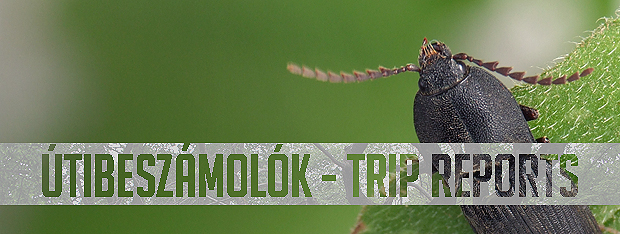
TRIP REPORTS
13-26.V.2011, GREECE
In this year we planned a two weeks
long collecting trip to Greece. We wanted to continue our last trip to
the southern part of the country, with my two friends Attila
Kotán and András Márkus. The staff met at Szeged
and we travelled across Serbia and Macedonia, to the Ossa Mountain,
which is two hours from the Greek border. The weather was quite
variable at the different places we saw. The sky was almost constantly
cloudy, there was very often foggy and very frequently rainy. In the
higher mountains the climate was similar to early spring, and often
rainclouds were born from the vapour, and we usually got wet in the
afternoons. Nights were usually cold, except when we slept near to the
sea.
Starting from Szeged.
The driver was Attila this time too, he drove 4200 kms without any problems.
We reached the Olympos in the afternoon.
We shared our first campsite with horses.

Kisanthobia ariasi – a jewel beetle, from the canopy of a sunlit oak.
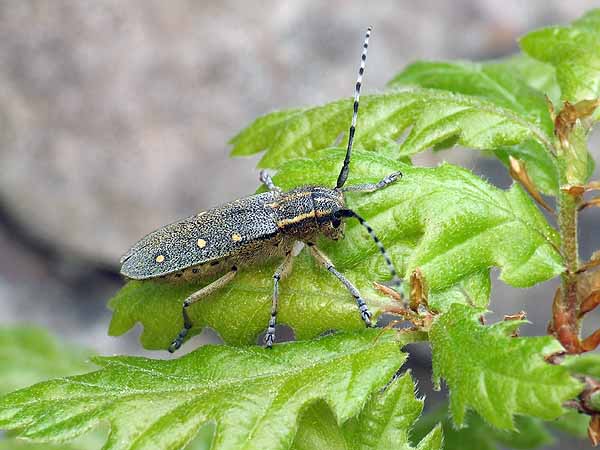
Saperda quercus – a nice longhorn, I netted it from a dry branch.
The shady valleys of the oak forest are richly vegetated.
When sifting leaf litter, several small beetles can be collected.
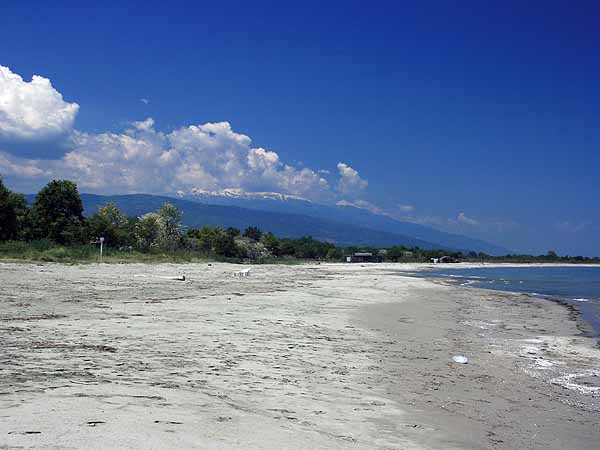
Beach at Karitsa. No tourists, no noise. Ideal place for our first gyros lunch.
(photo: Attila Kotán)
After leaving our campsite, we headed to higher areas of the Ossa Mountain. At 900m, the first pine trees appeared.

Anthaxia midas - jewel beetle, swept at a clearing.
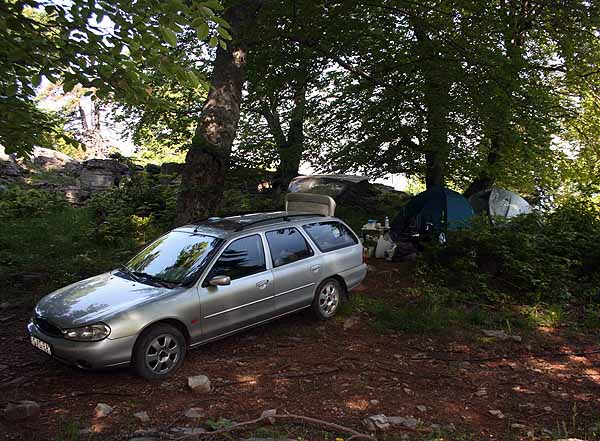
Campsite for this night: mixed forest at the summit (photo: Attila Kotán)

At night we walked in the forest with torch, and saw several beetles on the tree trunks and on the ground. Myas chalybaeus - ground beetle.
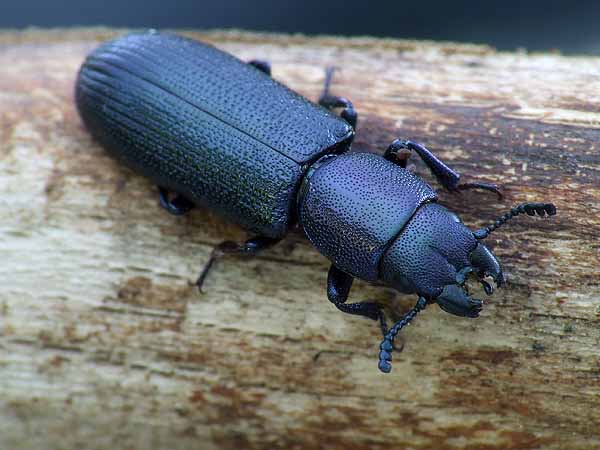
Temnoschiela caerulea - bark-gnawing beetle.
On the wet, dead fallen leaves, wingless click beetles were walking. These are hard to catch with other collecting methods, but at night several specimens were seen.
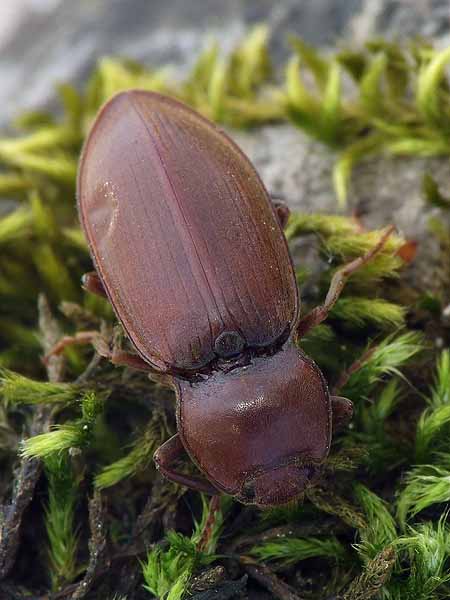
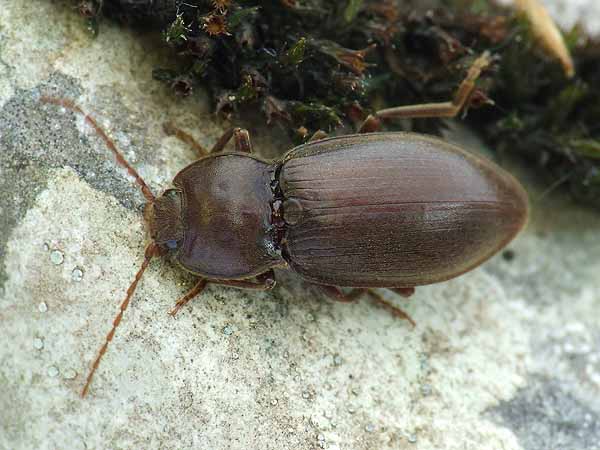
Dima pecoudi - click beetle.

Next day we moved above 1000 meters. On the good quality roads leading to the sky centers of the high mountains, it was easy to reach our destinations (photo: Attila Kotán)

In this altitude there are no trees. On the fresh meadows beetles can be found on the ground or under rocks, like this click beetle: Selatosomus amplicollis.
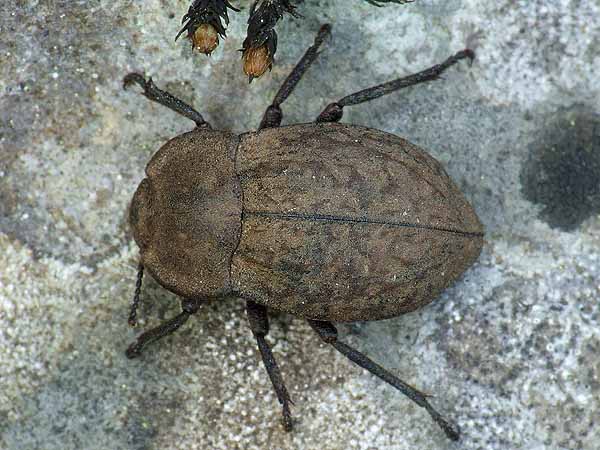
Wingless darkling beetle, active at nighttime: Asida fairmairei fairmairei.
Snow at 1400 meters.

Dorcadion ossae - a longhorn living here only.

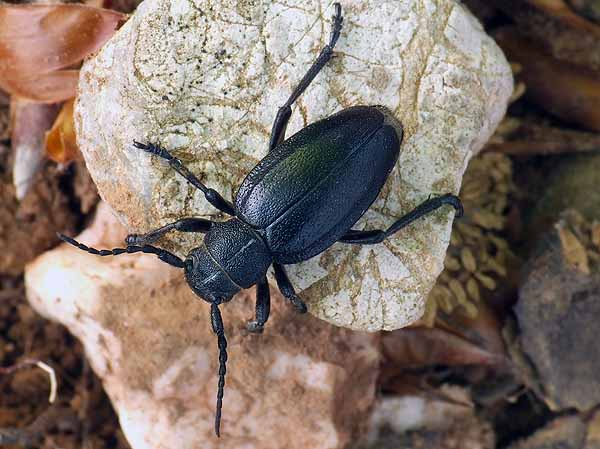
Another longhorn at lower elevations: Dorcadion thessalicum.
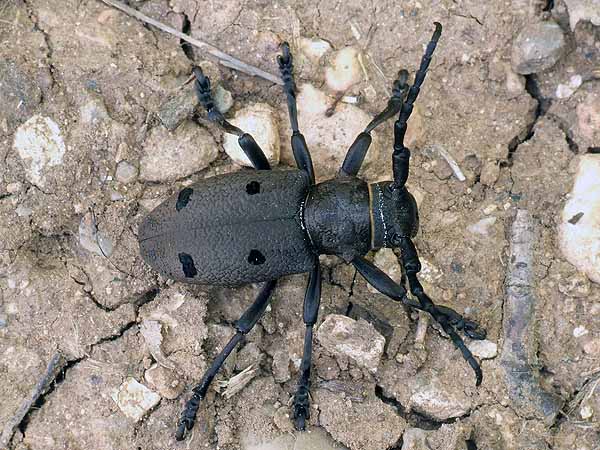
Our road led to southern areas. Herophila tristis was walking on
the road in the Kallidromo Mountains.

Purpuricenus dalmatinus - showy longhorn from the macchia.
Next stop in the Parnassos Mountains. This place was felt unkindly for me. My friends searched for Dorcadions in the strong wind.

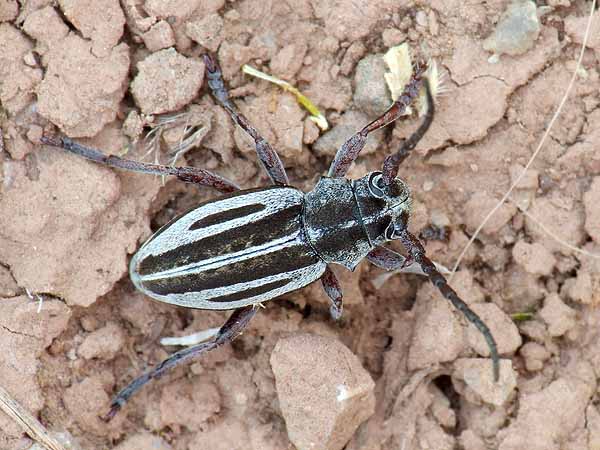
The result is a small species: Dorcadion minutum.
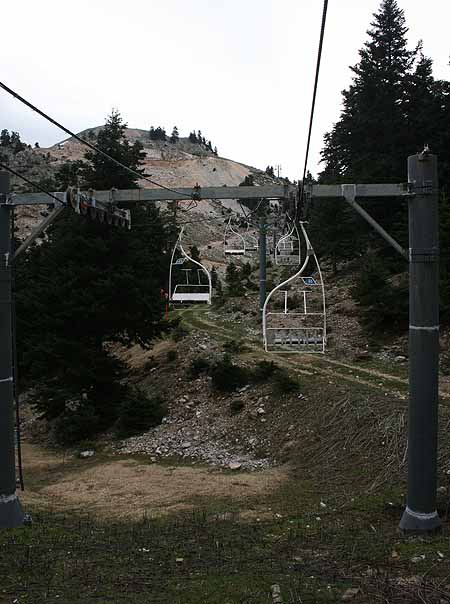
At 1500 m we found undergrowth depressed by recently melt snow and flowers blossoming at the end of winter.
Our way led along the southern side of the mountain, where we caught some early-spring species such as Anthaxia plicata.

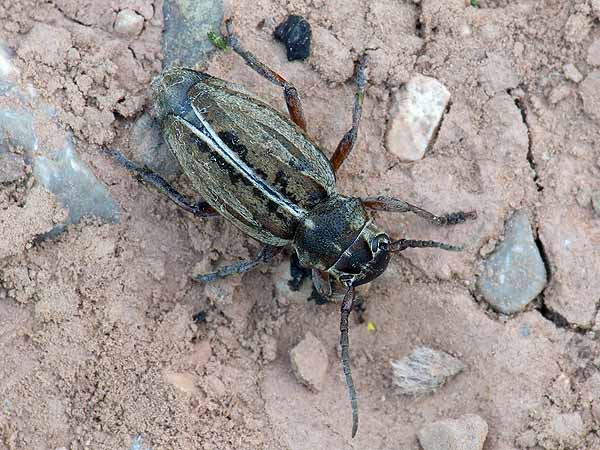
Another small longhorn: Dorcadion vincenzae.

Callidium aeneum - longhorn,
Escaped from the cold weather we reached Delphoi.

Around the ancient ruins, huge darkling beetles were seen.
Cephalostenus orbicollis.

Akis elongata.
Finally we reached the coast at Galaxidi.
This time the night was very pleasant. No rain, no frost.

Meliboeus sp. - jewel beetle.
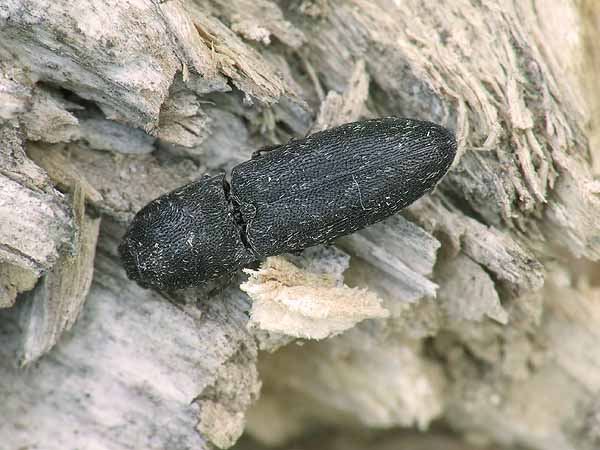
Lacon kapleri - this click beetle was sitting on the dry ground.
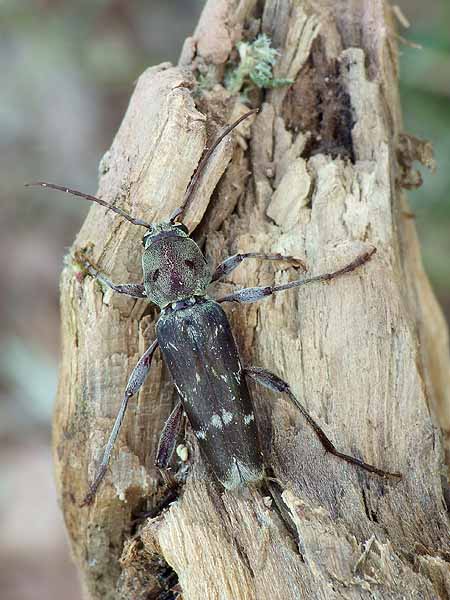
stebbingi - an invasive longhorn species from India, caught at light.
A small longhorn lives in the dead branches of these huge spurges (Euphorbia dendroides).
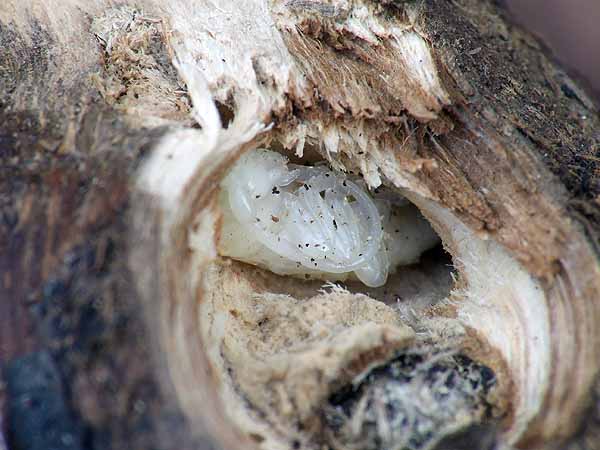
This species was described only a few years ago. After long search we found one adult, several pupae and larvae.
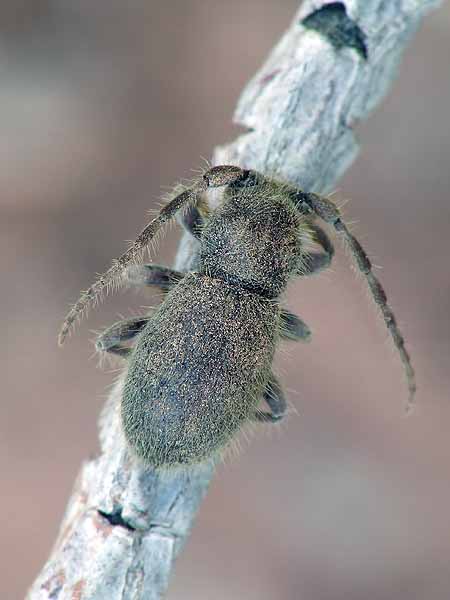
Parmena novaki.
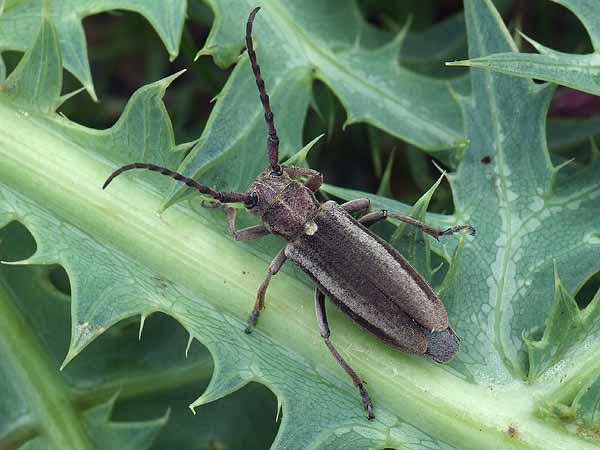
Mallosia graeca - this nice longhorn lives mainly in the Peloponnesos. Females are found sitting at base of their host plant (Eryngium), males are on the wing in sunny days.
Rio-Antirio Bridge.
Rainy and cold weather received us at our first stop on the peninsula.
Anguis graeca.
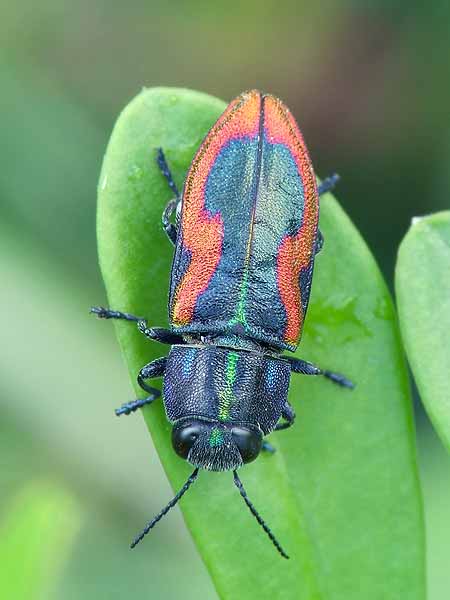
Anthaxia lucens - jewel beetle, swept from vegetation in an orchard.
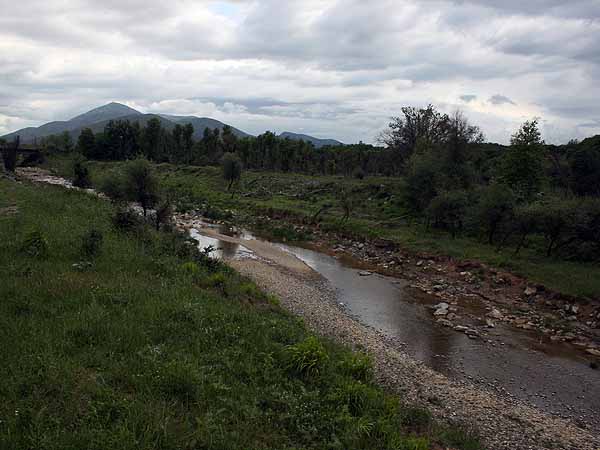
Fleeing away from the rain we reached Megalopoli, and the Alfios river. On the riverbank I collected click beetles belonging to the family Negastriinae on the gravel (photo: Attila Kotán).
Several species were found, the smallest was the 2 millimeters long Zorochros meridionalis.

Agrypnus crenicollis - click beetle from the riverside.
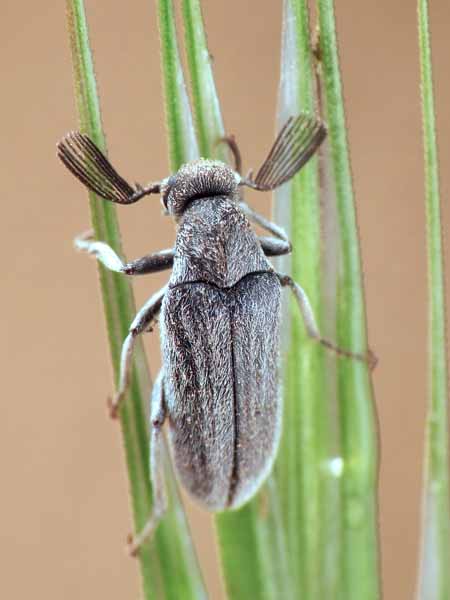
Ptilophorus dufouri – a wedge-shaped beetle swept on the side of the dam.
We found a small zion in an oak forest. It was not closed, so we could get in and spend the rainy hours inside.
Next morning wet forest and foggy
weather welcomed us. Three years before serious fire destroyed the
forests of this area. Charred dead trees stood all over the forest.

Sluggish big weeewils were crawling on the oaks. Hylobius alpheus.
Headed to south another promising collecting place was found at the side of a dried out stream.


Zorochros alysidotus - a 3 millimeters long, “huge” species of Negastriinae.

(photo: András Márkus)

(photo: András Márkus)
At the foothills of the Taigetos
Mountain we found a fantastic place for camping. Many insects were seen
on the blossoming hawthorns and ancient oak trees, and the nearby
stream offered an opportunity to have a dip.

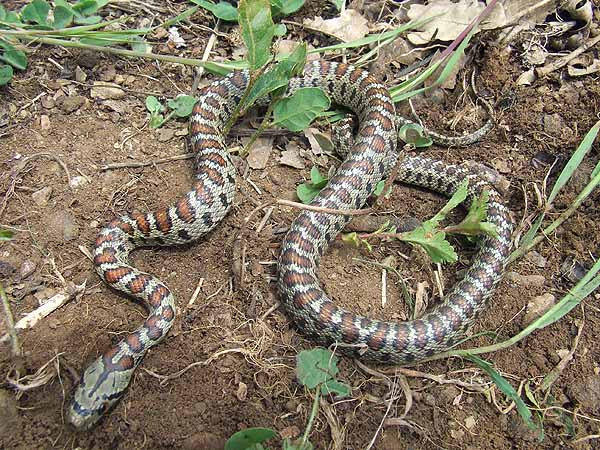
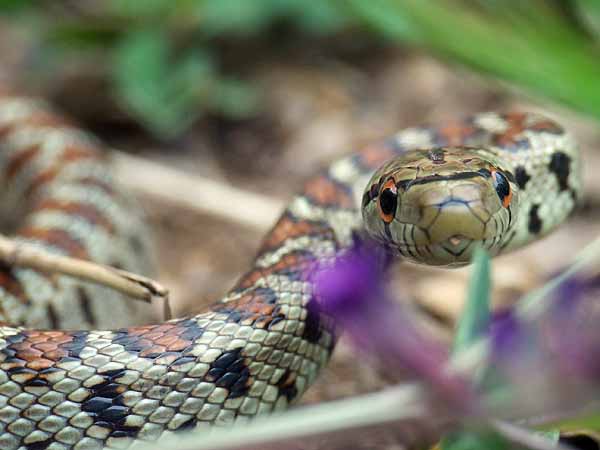
Zamenis situla - a beautiful snake from beneath bark of an oak.

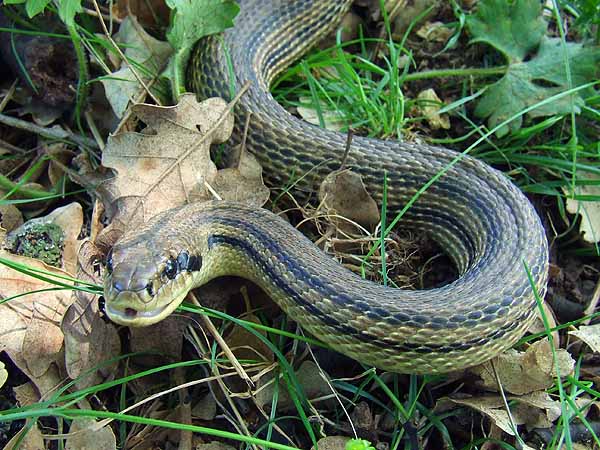
Elaphe quatuorlineata - huge and agressive snake, hiding beneath a boulder.
We were roaming in a grove of very
old oaks. The hollow trees provided habitat for saproxylic click
beetles such as Lacon querceus,
Ischnodes sanguinicollis, Procraerus tibialis and Cardiophorus gramineus.
We spent the whole day here, beating beetles from the shrubs, before the storm.
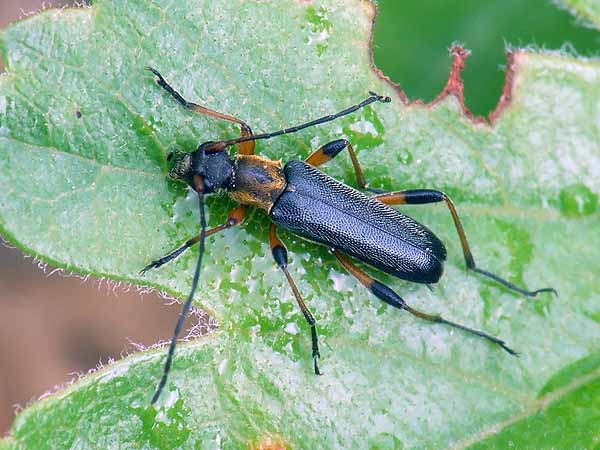
Grammoptera auricollis.
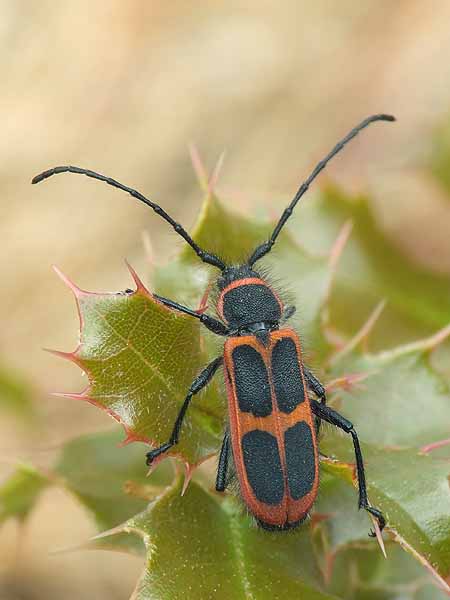

Calchaenesthes oblongomaculatus - showy longhorn beaten from oak.


My exhausted friends: Attila
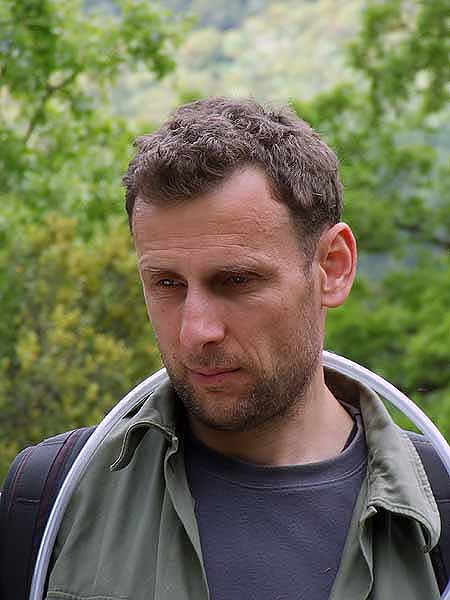
and Andris.
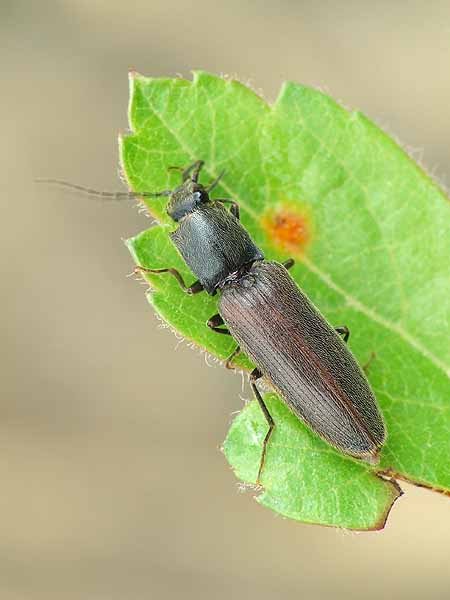
Athous sp. - Click beetle I was after.
Collecting Zorochros species again…

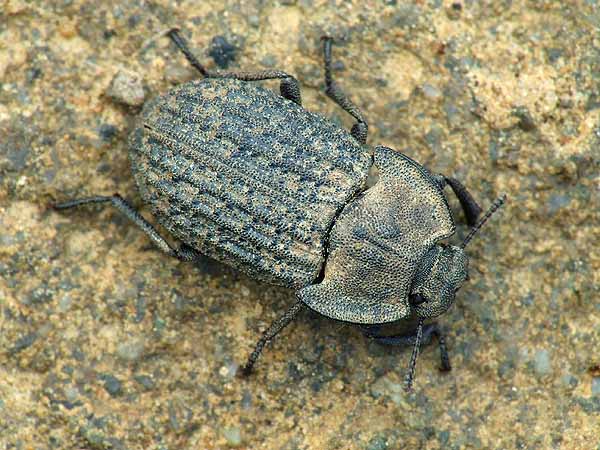
Opatrum verrucosum.
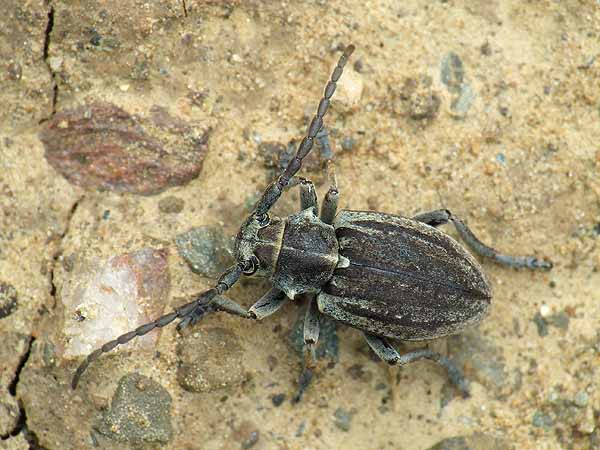
Neodorcadion virleti - longhorn from the trail of the goats.

(photo: András Márkus)
On our way to the Taigetos.
Signs of forest fire can still be seen here.
Three years before almost the whole forest was gone.
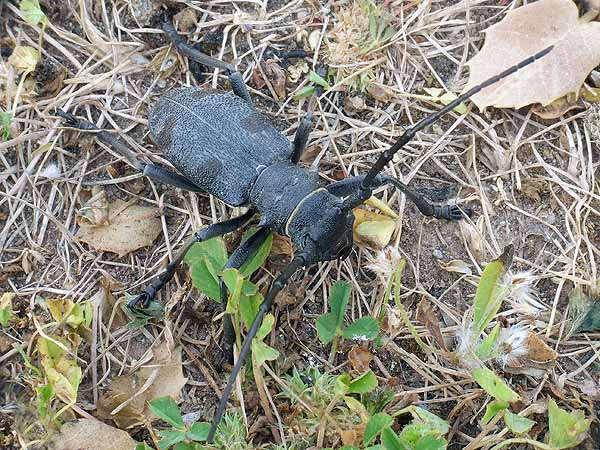
Morimus funereus - longhorn.

Peltis grossa - bark-gnawing beetle.
We met our friend Sándor Ilniczky here. He kindly showed us some good places.
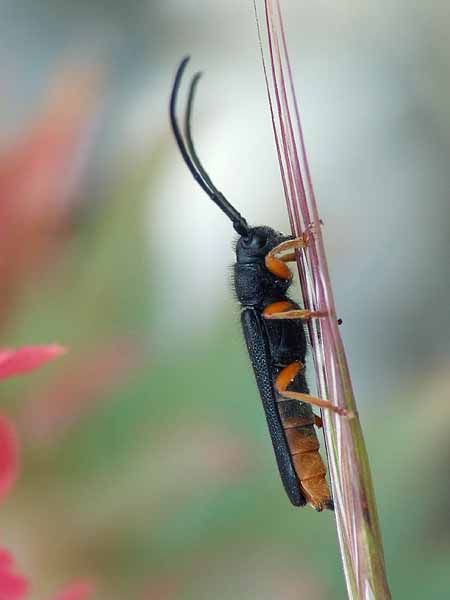
Oberea taygetana - longhorn.
After Sparta we spent a day at this hilly-bushy area.
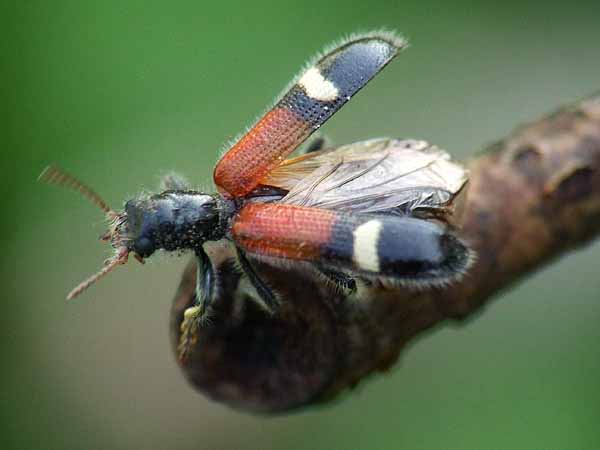
Opilo taeniatus - checkered beetle, which was quite common everywhere.
Some longhorns were sitting on these "Tower of Jewels" or "viper´s bugloss" (Echium italicum), such as Opsilia coerulescens and Oxylia duponcheli.

Potosia ungarica – flower chafer

Phytoecia caerulea baccueti - longhorn.

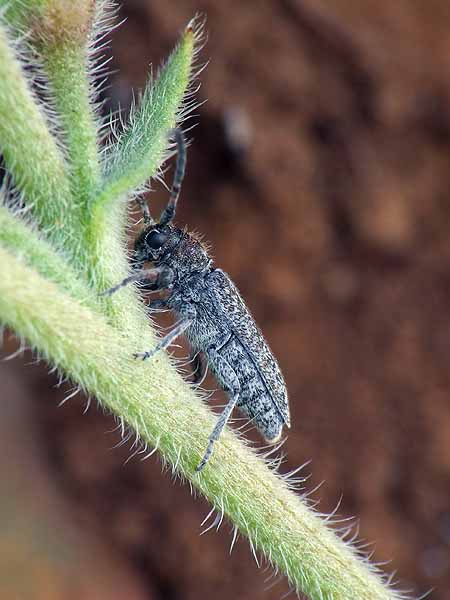
Pilemia inarmata - this small longhorn was found on bugloss (Anchusa). Later Andris swept more specimens in a flowering meadow.

Calchaenesthes oblongomaculatus - not hard to find here (photo: Attila Kotán).
At the church garden of Kaires, giant planes are standing.
In the afternoon we headed to higher levels.
At an atractive place we were searching for click beetles on the ground.


Dima
parnonensis - another wingless click beetle. At night we
returned
to this place, and using torches we found several specimens sitting on
dead leaves in the 8 degrees cold temperature.
Next day before leaving our campsite we netted some beetles from the oaks.
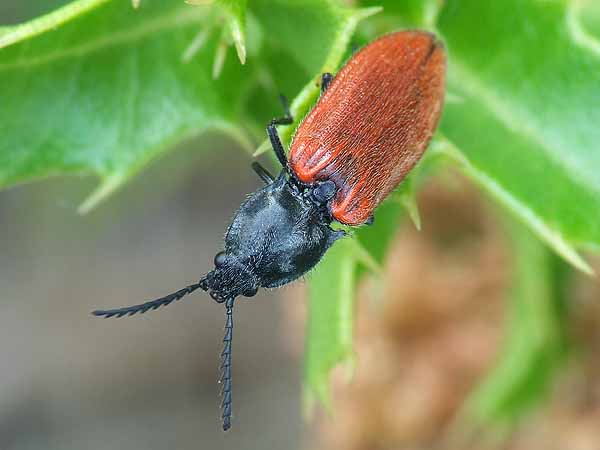
Anostirus jarmilae - click beetle from blossoming hawthorn.
The unfavourable weather forced us to
leave the peninsula and travelled back to Attica, and we headed to the
Kallidromo Mountains.
At 10 pm we found a silent place for
our tents, and we fell
asleep very quickly. After one hour of sleeping I woke up, because some
people were shouting "POLICE, COME OUT!". When I emerged from my tent I
saw my friends on the ground, with their hands on their nape. About
twenty guys with machine guns and lights were searching us and our car
and tents, they were looking for weapons and drugs. I was quite angry
as they were yelling with us, because I knew we were not the guys who
they are looking for. After half an hour of making fuss they recorded
our data and left us disappointed probably back to the police station
to watch TV. Without even saying "sorry". The rest of the night was
calm, but in the morning I thought that I was only dreaming about this
story…
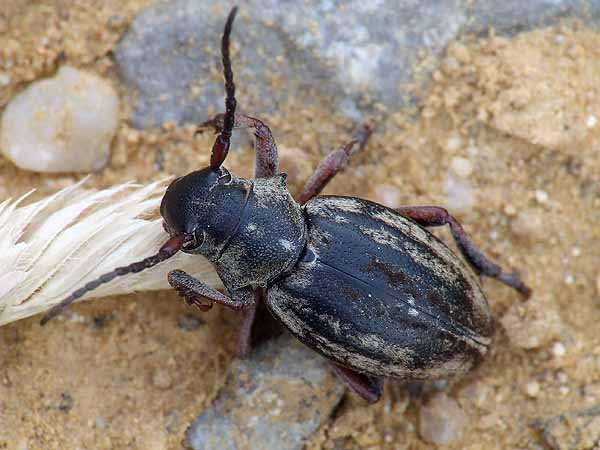
Dorcadion sp.

Dima fokidensis - found at night, as usual.
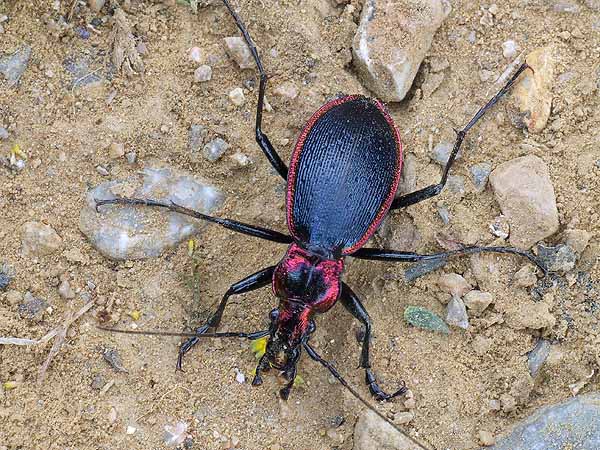
Before the attack of the Cobra Team we found this handsome ground beetle - Carabus arcadicus.
We changed our plans, and moved back to the Ossa.
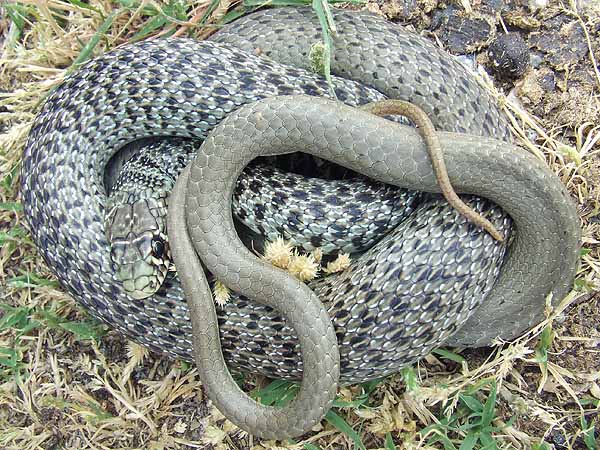
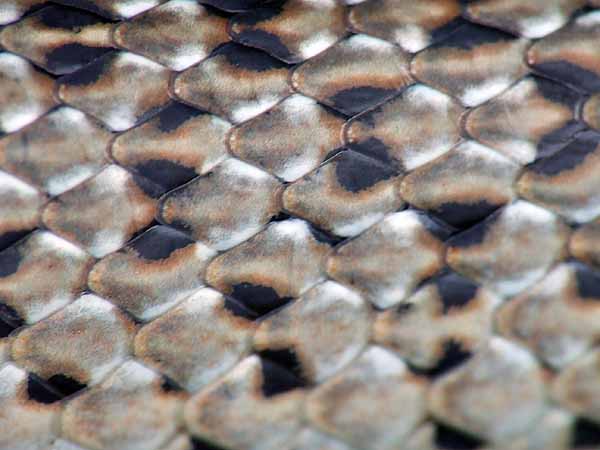
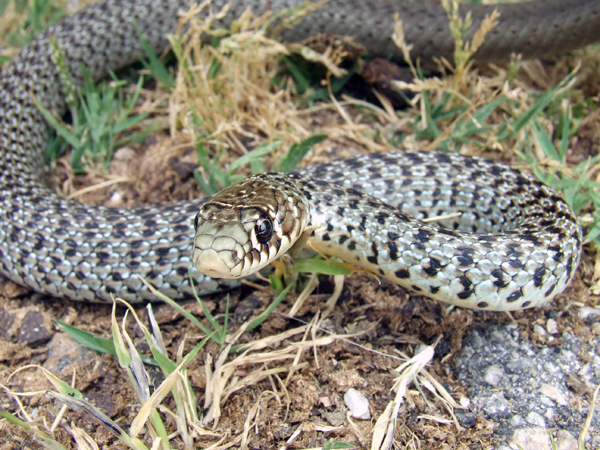
Hierophis gemonensis - young and swift snake.
Ten days before we were here. Since then we were quite exhausted.
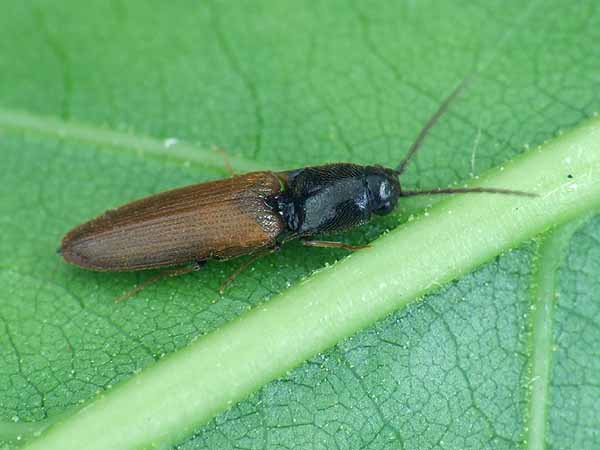
This forest was a real jungle. This unusually coloured click beetle was swept from vegetation - Procraerus tibialis.
We spent the afternoon and the night in this amazing chestnut grove.
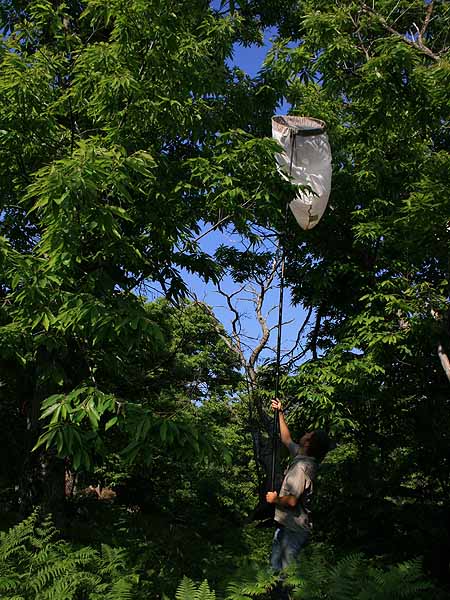
When the sun was going down, several click beetles were swept with our long nets from the canopy of these old, hollow trees.

Brachygonus ruficeps.
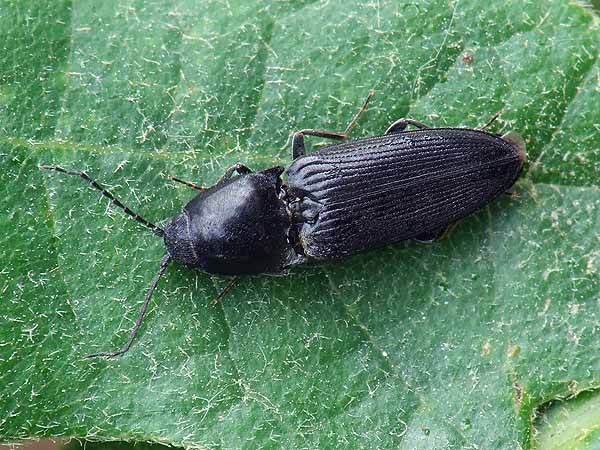
Cardiophorus nigerrimus.

Cardiophorus anticus.

Brachygonus megerlei.

Lacon querceus.
At night darkling beetles were crawling on the trunks.
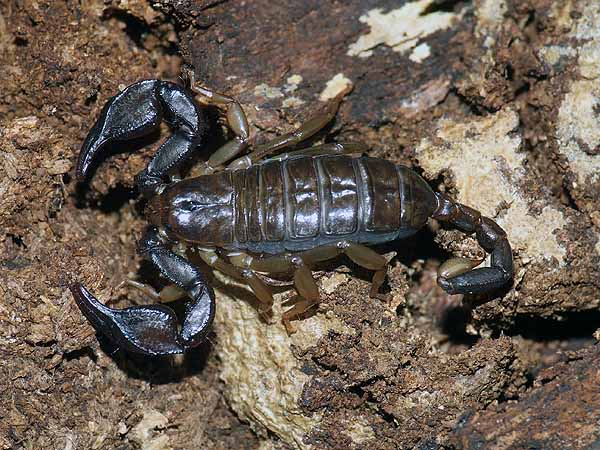
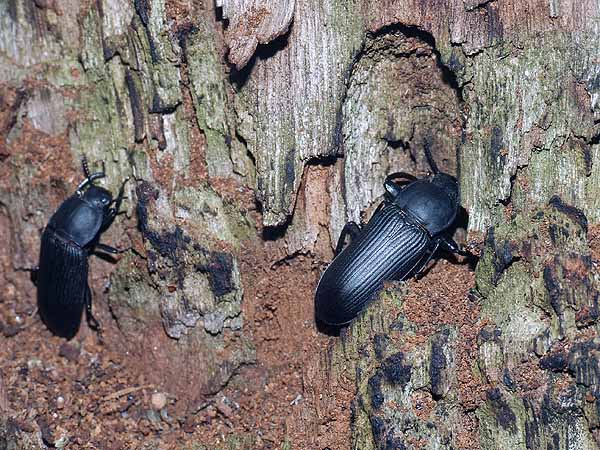
Tenebrio opacus - darkling beetle.
Helops rossii - very common in the Mediterranean.
Hours were spent for conserving and packing the material every night.
Andris sifted some nice small weewils.
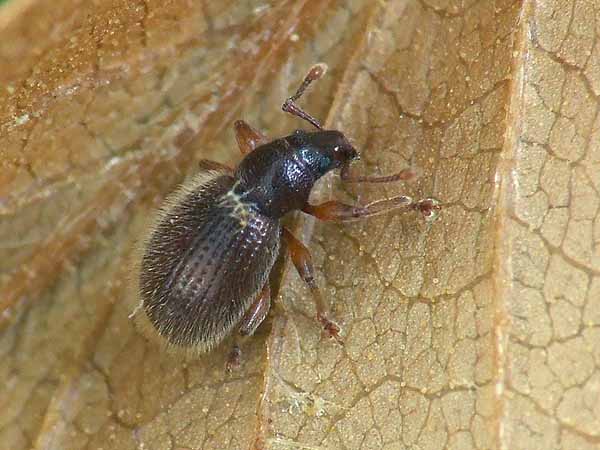
Brachysomus sp. Three years before my colleague, Attila Podlussány collected a new species of this genus, not far from here. These specimens may also belong to that species.
Next day we saw Dorcadions running on the hot tarmac.
We stopped for a few minutes, and found some other species in the shaded parts.
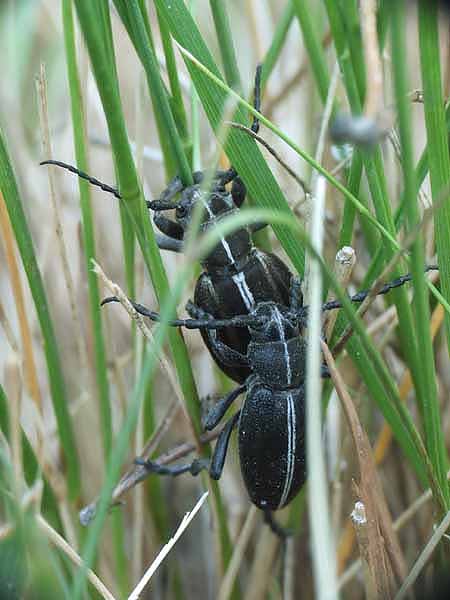
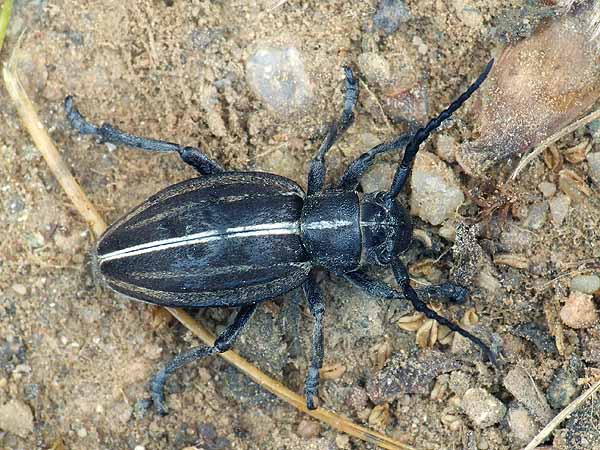

Dorcadion etruscum bravardi.
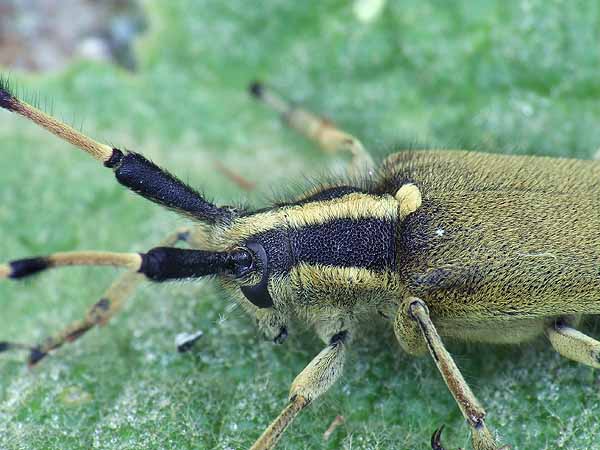
Agapanthia kirbyi - longhorns were sitting on mulleins.
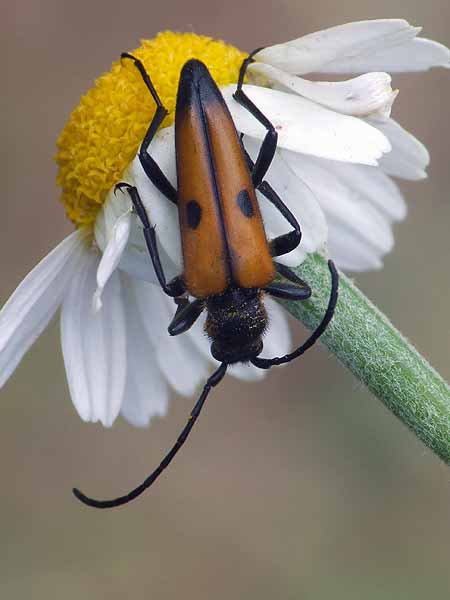
Vadonia bisignata - longhorn from flowers.
Part of the collected material.
We headed west, and next day reached the Hasia Mountain. Roadkill of a giant Balkan whip snake (Hierophis gemonensis).
We were running away from rain at the Meteoras and arrived at Vlahava
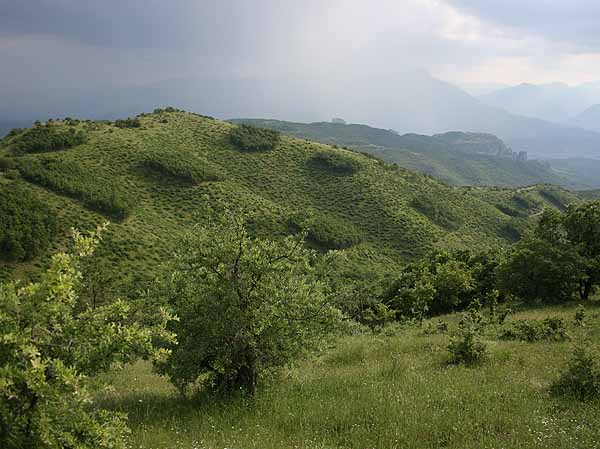
(photo: Attila Kotán)
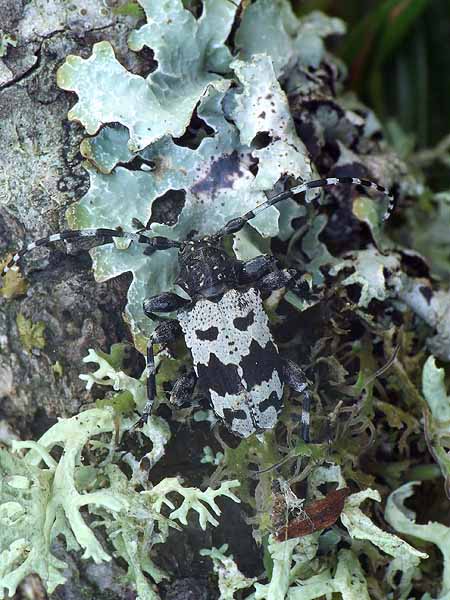
Aegomorphus krueperi - a lichen-coloured longhorn. My friends were really looking for it.
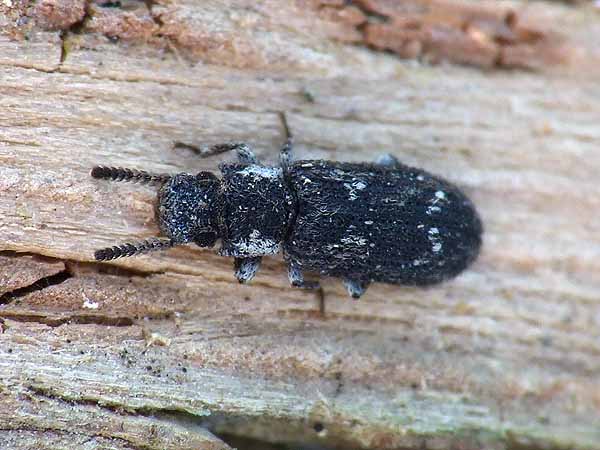
Diplagia hellenica - a cylindrical bark beetle, beaten from dead branches of oak.

Some interesting species were caught by netting the canopy of older trees.

Limoniscus violaceus - The violet click beetle is known from only three places in Greece. We visited all of these places, and finally found this adult here.

Calambus bipustulatus.

Dicronychus brullei.
Our last day at Anixi. We were here two years before. My friends were about collecting longhorns at the village's forest, while I was collecting at the riverbank.
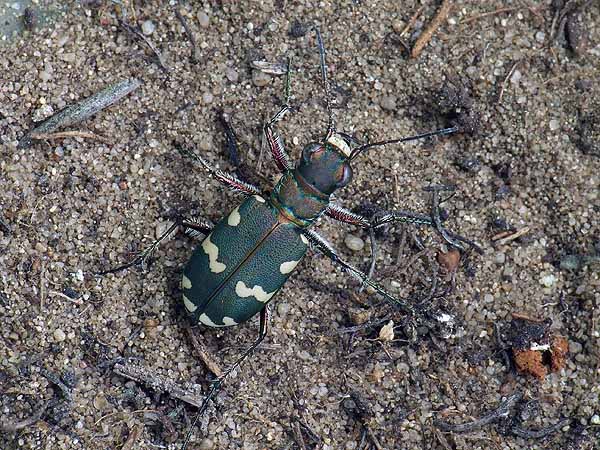
Cicindela monticola albanica - tiger beetle. (det. J Wiesner, 2011.)
I found Zorochros meridionalis here.
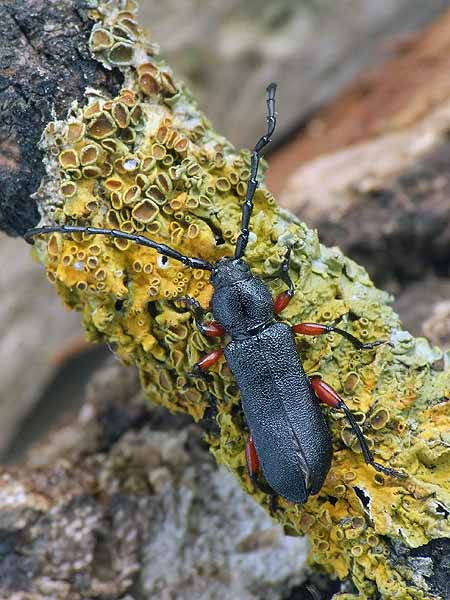
Ropalopus varini - this dying longhorn was drifted by the river.
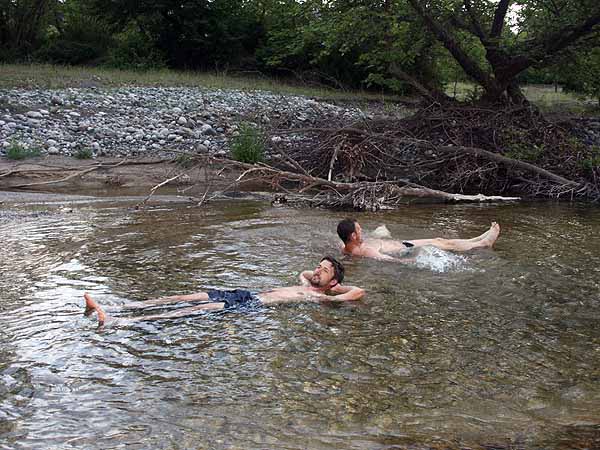
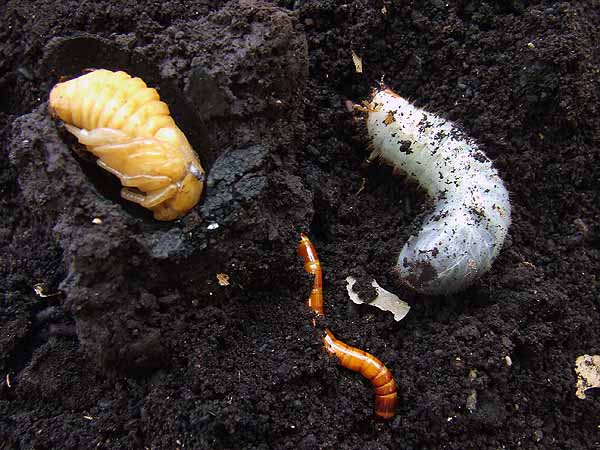
In the hollow planes I found larvae and pupae of the hermit beetle (Osmoderma eremita) along with the giant wireworms of Elater ferrugineus, and Pittonotus theseus.
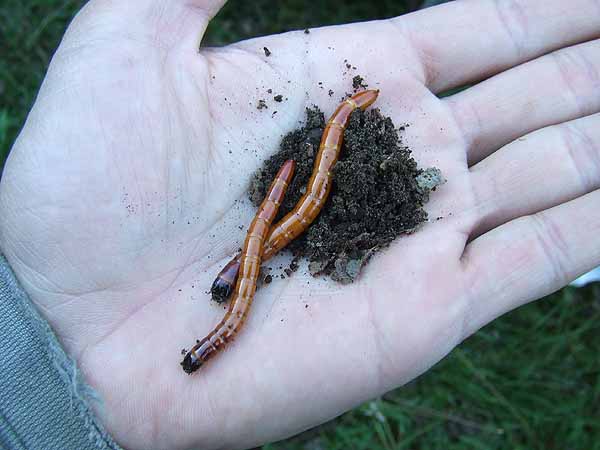
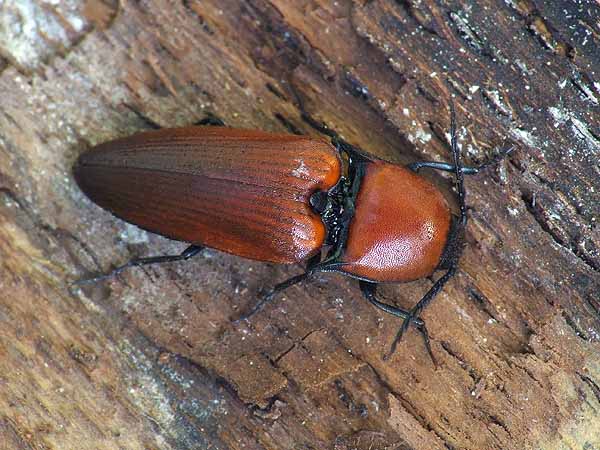
Elater ferrugineus - two weeks later ,this click beetle emerged from the wireworms I collected.
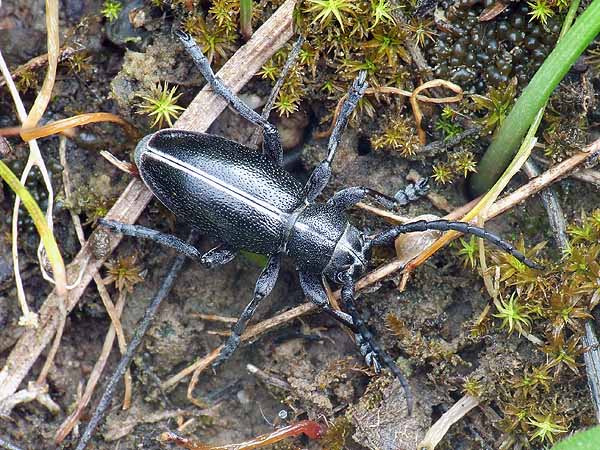
Dorcadion kozani.
As it started raining again in the afternoon, we jumped into the car, and Attila drove all the way to Budapest.


Even it was raining almost every day
we collected richer and more interesting beetle material than two years
before. During our trip we visited more than fifty collecting places,
and to the end, we used our last energy stores. But it was worth it!
The list of collected and observed
species:
| ELATERIDAE Agrypninae Agrypnus crenicollis Calais pareysii Drasterius bimaculatus Lacon kapleri Lacon punctatus Lacon querceus Cardiophorinae Cardiophorus anticus Cardiophorus discicollis Cardiophorus erichsoni Cardiophorus gramineus Cardiophorus nigerrimus Cardiophorus dolini Cardiophorus freudei Cardiophorus zianii Cardiophorus vestigialis Cardiophorus ruficruris Dicronychus brullei Dicronychus cinereus Dicronychus equiseti Dicronychus rubripes Dicronychus sp. Dendrometrinae Agriotes acuminatus Agriotes pilosellus Agriotes paludum Agriotes rufipalpis Agriotes sp 3 Anostirus jarmilae Athous haemorrhoidalis Athous belloi Athous magnanii Calambus bipustulatus Cidnopus pilosus Dima fokidensis (?) Dima parnonensis Dima pecoudi Limoniscus violaceus Limonius minutus Nothodes parvulus Peripontius terminatus Prosternon chrysocomun Selatosomus amplicollis (?) Selatosomus latus Elaterinae Adrastus limbatus Adrastus rachifer Ampedus cardinalis Ampedus cinnaberinus Ampedus elegantulus Ampedus elongatulus Ampedus nigerrimus Ampedus nigrinus Ampedus pomorum Ampedus praeustus Ampedus rufipennis Ampedus sanguineus Ampedus sinuatus Brachygonus megerlei Brachygonus ruficeps Elater ferrugineus (larva) Idolus picipennis Ischnodes sanguinicollis Portmidius austriacus Procraerus tibialis Synaptus filiformis Melanotinae Melanotus crassicollis Melanotus punctolineatus Melanotus sp. Negastriinae Zorochros alysitodus Zorochros meridionalis Zorochros merkli EUCNEMIDAE Eucnemis capucina |
CERAMBYCIDAE Prioninae Macrotoma scutellaris (dead) Cerambycinae Anaglyptus mysticus Brachypteroma ottomanum Calchaenesthes oblongomaculatus Callidium aeneum Callimoxys gracilis Cerambyx carinatus (?) Cerambyx scopolii Certallum ebulinum Chlorophorus figuratus Chlorophorus varius Clytus arietis Clytus rhamni Obrium brunneum Phyamatodes alni Phymatodes testaceus Phymatodes lividus Purpuricenus dalmatinus Ropalopus clavipes Ropalopus varini Stenhomalus bicolor Xylotrechus stebbingi Lepturinae Anastrangalia dubia Anoplodera sexguttata Allosterna paoli (?) Allosterna tabacicolor Cortodera asproomontana Cortodera humeralis Dinoptera collaris Grammoptera auricollis ssp.bipustulata Grammoptera abdominalis Grammoptera ustulata Grammoptera ruficornis Leptura rubra (larva) Pedostrangalia verticalis Pseudovadonia livida Rhamnusium bicolor (dead) Rhagium inquisitor Stenurella nigra Stenurella septempunctata Vadonia bisignata ssp. Lamiinae Aegomorphus krueperi Agapanthia cynarae Agapanthia dahli Agapanthia lateralis (?) Agapanthia maculicornis Agapanthia villosoviridescens Agapanthia violacea Agapanthis kirbyi Calamobius filum Dorcadion etruscum ssp. bravardi Dorcadion kozani Dorcadion minutum Dorcadion ossae Dorcadion vincenzae Dorcadion thessalicum Dorcadion sp. Helladia flavescens Herophila tristis Mallosia graeca Mesosa curculionoides Mesosa nebulosa Morimus asper asper Morimus funereus Morimus orientalis Musaria affinis Neodorcadion bilineatum Neodorcadion virleti Oberea taygetana Oberea oculata (larva) Opsilia coerulescens Oxylia duponcheli Parmena novaki Phytoecia caerulea Phytoecia caerulea ssp. baccueti Phytoecia cylindrica Phytoecia icterica Phytoecia nausicae Pilemia inarmata Saperda quercus Theophilea subcylindricollis |
Copyright
©
2009. Hungarian Natural History Museum,
Department of Zoology, Coleoptera Collection